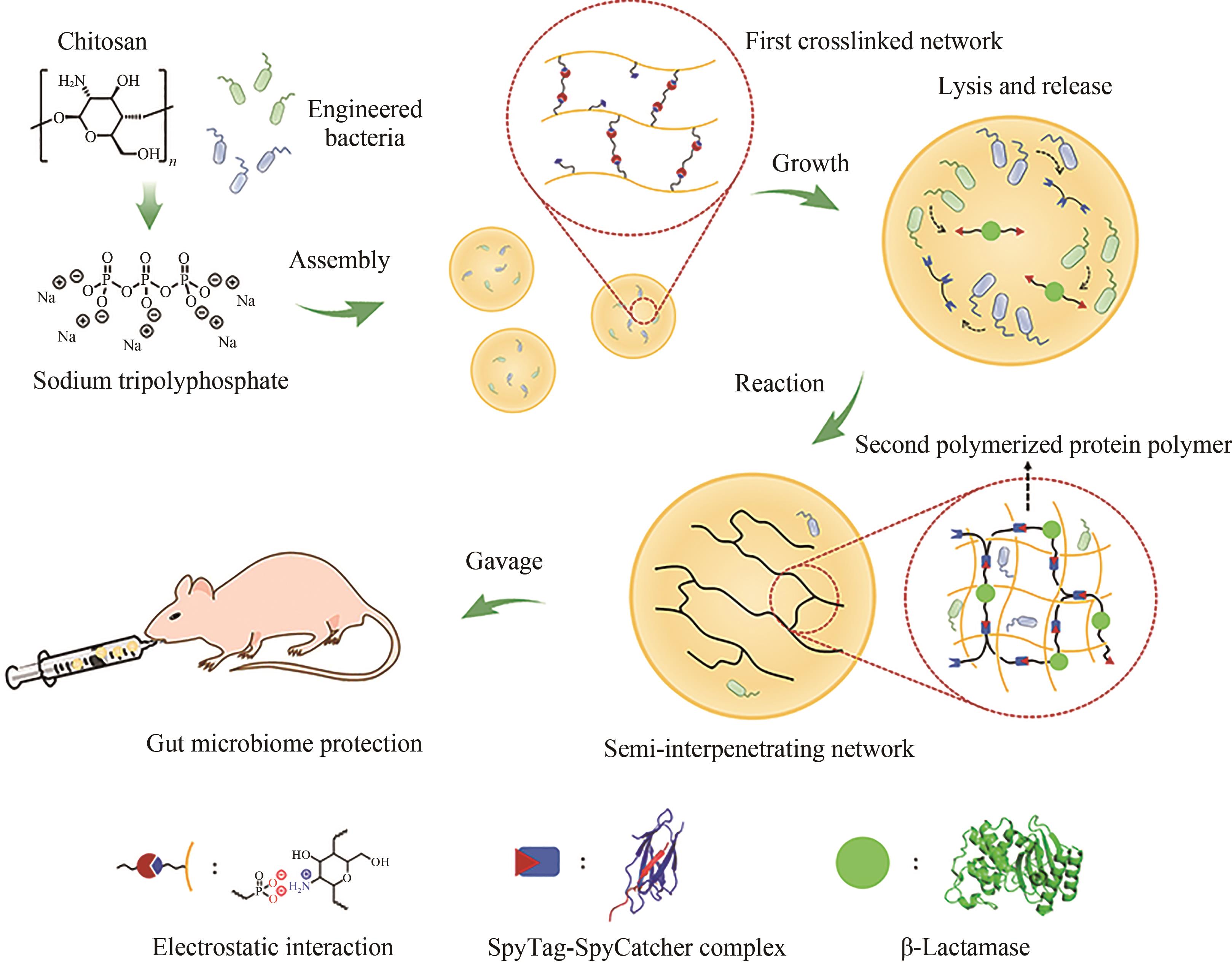| 1 |
ZHANG W B, CHENG S Z D. Giant is different: size effects and the nature of macromolecules[J]. Giant, 2020, 1: 100011.
|
| 2 |
GARDNER T S, CANTOR C R, COLLINS J J. Construction of a genetic toggle switch in Escherichia coli [J]. Nature, 2000, 403(6767): 339-342.
|
| 3 |
ELOWITZ M B, LEIBLER S. A synthetic oscillatory network of transcriptional regulators[J]. Nature, 2000, 403(6767): 335-338.
|
| 4 |
TAMSIR A, TABOR J J, VOIGT C A. Robust multicellular computing using genetically encoded NOR gates and chemical 'wires'[J]. Nature, 2011, 469(7329): 212-215.
|
| 5 |
ANNALURU N, MULLER H, MITCHELL L A, et al. Total synthesis of a functional designer eukaryotic chromosome[J]. Science, 2014, 344(6179): 55-58.
|
| 6 |
XIE Z X, LI B Z, MITCHELL L A, et al. "Perfect" designer chromosome V and behavior of a ring derivative[J]. Science, 2017, 355(6329): eaaf4704.
|
| 7 |
ZHANG W M, ZHAO G H, LUO Z Q, et al. Engineering the ribosomal DNA in a megabase synthetic chromosome[J]. Science, 2017, 355(6329): eaaf3981.
|
| 8 |
CHEN Z B, KIBLER R D, HUNT A, et al. De novo design of protein logic gates[J]. Science, 2020, 368(6486): 78-84.
|
| 9 |
CHEN A Y, DENG Z T, BILLINGS A N, et al. Synthesis and patterning of tunable multiscale materials with engineered cells[J]. Nature Materials, 2014, 13(5): 515-523.
|
| 10 |
SUN F, ZHANG W B, MAHDAVI A, et al. Synthesis of bioactive protein hydrogels by genetically encoded SpyTag-SpyCatcher chemistry[J]. Proceedings of the National Academy of Sciences of the United States of America, 2014, 111(31): 11269-11274.
|
| 11 |
GONG J P. Why are double network hydrogels so tough? [J]. Soft Matter, 2010, 6(12): 2583.
|
| 12 |
SUN J Y, ZHAO X H, ILLEPERUMA W R K, et al. Highly stretchable and tough hydrogels[J]. Nature, 2012, 489(7414): 133-136.
|
| 13 |
OKUMURA Y, ITO K. The polyrotaxane gel: a topological gel by figure-of-eight cross-links[J]. Advanced Materials, 2001, 13(7): 485-487.
|
| 14 |
HARAGUCHI K, TAKEHISA T. Nanocomposite hydrogels: a unique organic-inorganic network structure with extraordinary mechanical, optical, and swelling/de-swelling properties[J]. Advanced Materials, 2002, 14(16): 1120.
|
| 15 |
XU L J, WANG X Y, SUN F, et al. Harnessing proteins for engineered living materials[J]. Current Opinion in Solid State and Materials Science, 2021, 25(1): 100896.
|


